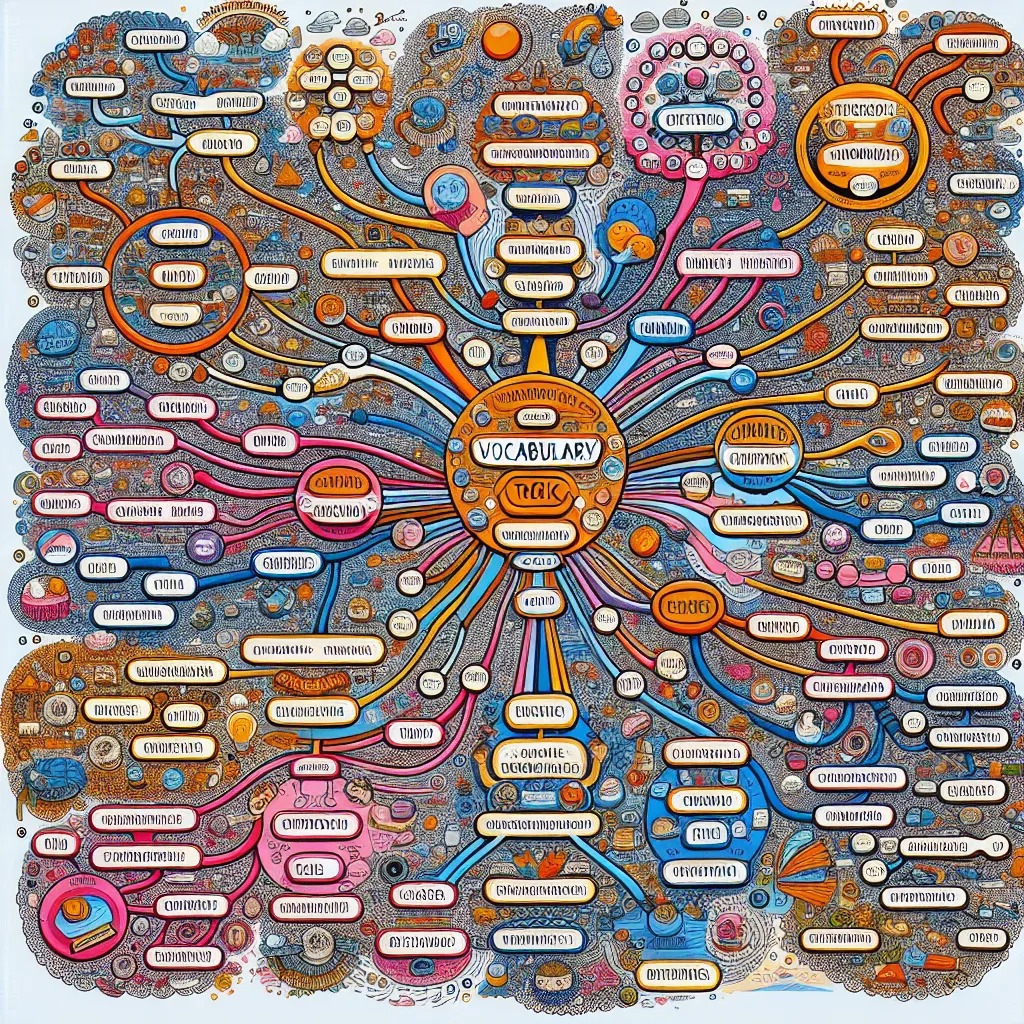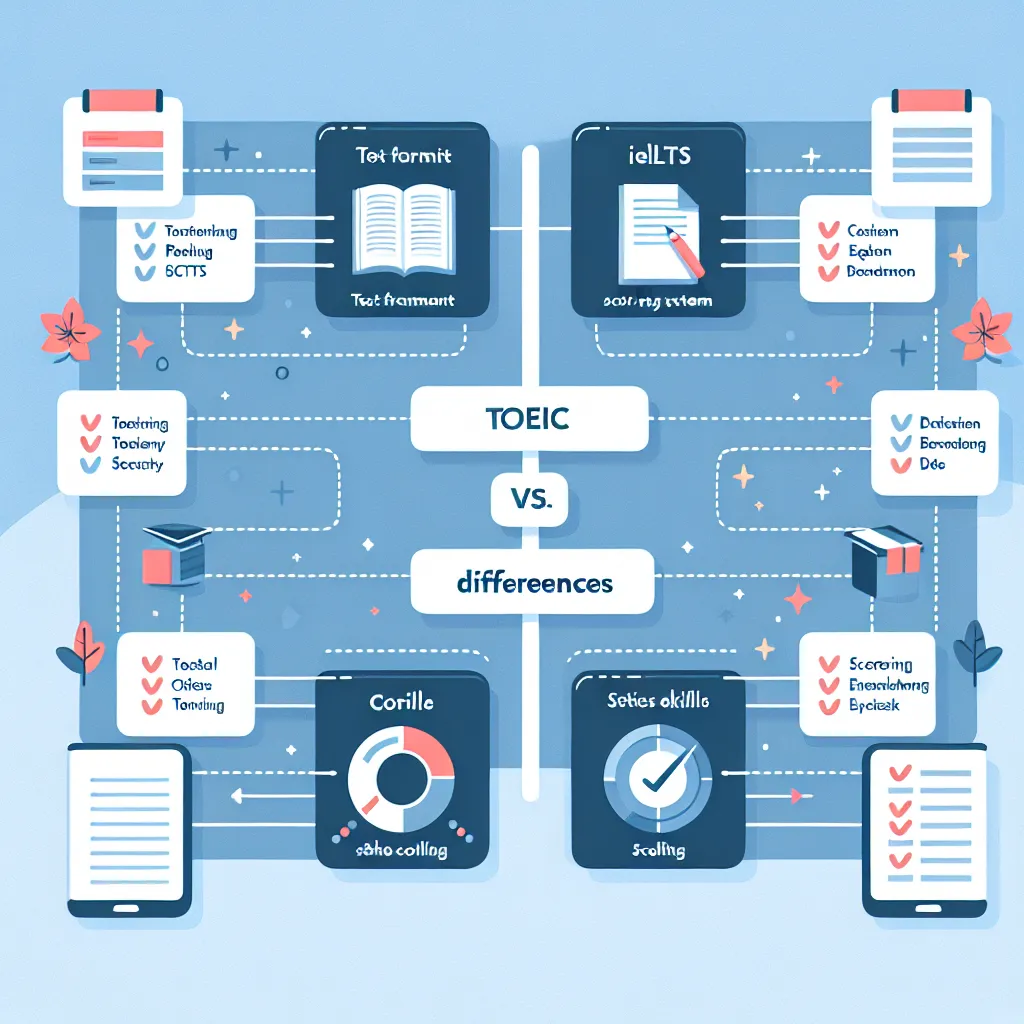Are you preparing for the TOEIC exam and feeling overwhelmed by the vast amount of vocabulary you need to master? Don’t worry! As an experienced TOEIC instructor, I’m here to share effective strategies on how to quickly learn TOEIC vocabulary. Whether you’re a beginner or looking to enhance your existing skills, this comprehensive guide will help you boost your vocabulary acquisition and improve your TOEIC score.
 TOEIC vocabulary study materials
TOEIC vocabulary study materials
Understanding the Importance of TOEIC Vocabulary
Before diving into the strategies, it’s crucial to understand why TOEIC vocabulary is so important. The Test of English for International Communication (TOEIC) evaluates your ability to use English in a professional context. A strong vocabulary is essential for:
- Reading comprehension
- Listening comprehension
- Expressing yourself clearly in the Speaking section
- Writing coherent responses in the Writing section
By expanding your TOEIC-specific vocabulary, you’ll be better equipped to handle various questions and scenarios in the exam.
Effective Strategies for Rapid Vocabulary Acquisition
1. Focus on High-Frequency TOEIC Words
Start by learning the most commonly used words in TOEIC exams. These typically include:
- Business-related terms
- Office vocabulary
- Travel and transportation words
- Technology and communication phrases
Prioritizing these high-frequency words will give you the most bang for your buck in terms of time investment.
2. Use Spaced Repetition Systems (SRS)
Spaced repetition is a powerful technique for memorizing large amounts of information quickly. Use apps like Anki or Quizlet to create digital flashcards and review them at increasing intervals. This method ensures that you revisit words just as you’re about to forget them, reinforcing your memory effectively.
3. Context-Based Learning
Instead of memorizing isolated words, learn them in context. Read sample TOEIC passages, listen to business-related podcasts, or watch videos on professional topics. This approach helps you understand how words are used in real-life situations, making them easier to remember and use correctly.
4. Create Word Clusters
Group related words together to form “clusters.” For example, create a cluster for “office equipment” that includes words like printer, scanner, photocopier, and stapler. This method helps you learn multiple related terms simultaneously and reinforces their connections in your mind.
5. Utilize Mnemonics and Word Associations
Create memorable associations or mnemonics for challenging words. For instance, to remember “unprecedented” (meaning never done or known before), you might think “un-president-ed” – imagining a country that has never had a president before. These mental hooks can significantly improve recall.
 TOEIC vocabulary mnemonics
TOEIC vocabulary mnemonics
6. Practice Active Recall
Don’t just passively review words. Actively test yourself by trying to recall definitions, using words in sentences, or explaining concepts to others. This active engagement strengthens your memory and improves long-term retention.
7. Immerse Yourself in Business English
Surround yourself with business English content. Read business news articles, listen to corporate podcasts, or watch TED Talks on professional topics. This immersion will naturally expose you to TOEIC-relevant vocabulary in authentic contexts.
8. Use the Keyword Method
For abstract or difficult words, use the keyword method. Find a word in your native language that sounds similar to the English word, then create a vivid mental image connecting the two. For example, to remember “delegate” (to assign a task), a Spanish speaker might think of “del gate” (of the cat) and imagine a cat assigning tasks to mice.
9. Learn Word Roots, Prefixes, and Suffixes
Understanding common word parts can help you decipher the meanings of unfamiliar words. For example, knowing that “inter-” means “between” can help you guess the meaning of words like “international” or “interpersonal.”
10. Create a Vocabulary Journal
Maintain a physical or digital journal where you record new words, their definitions, example sentences, and any personal associations. Regularly reviewing and updating this journal reinforces your learning and provides a personalized resource for revision.
Important Considerations
- Consistency is key: Set aside dedicated time each day for vocabulary learning, even if it’s just 15-20 minutes.
- Quality over quantity: It’s better to thoroughly learn and be able to use 20 words than to superficially memorize 100.
- Contextualize your learning: Always relate new words to real-life situations or TOEIC exam contexts to enhance relevance and retention.
- Don’t neglect pronunciation: Knowing how to pronounce words correctly is crucial for the listening and speaking sections of TOEIC.
Next Steps
Now that you have a toolkit of strategies for quickly learning TOEIC vocabulary, it’s time to put them into practice. Here’s what you can do:
- Start by creating a list of 50 high-frequency TOEIC words and apply the techniques mentioned above to learn them.
- Take a practice TOEIC test to identify vocabulary areas where you need improvement.
- Set a goal to learn a specific number of new words each week, gradually increasing the challenge as you progress.
- Join online TOEIC study groups or forums to share techniques and motivate each other.
- Consider using a TOEIC vocabulary app that incorporates spaced repetition for daily practice.
Remember, learning vocabulary is a continuous process. Stay consistent, mix up your learning methods to keep things interesting, and don’t be afraid to make mistakes – they’re a natural part of the learning process.
By following these strategies and maintaining a regular study routine, you’ll be well on your way to rapidly expanding your TOEIC vocabulary and boosting your exam performance. Good luck with your TOEIC preparation!




